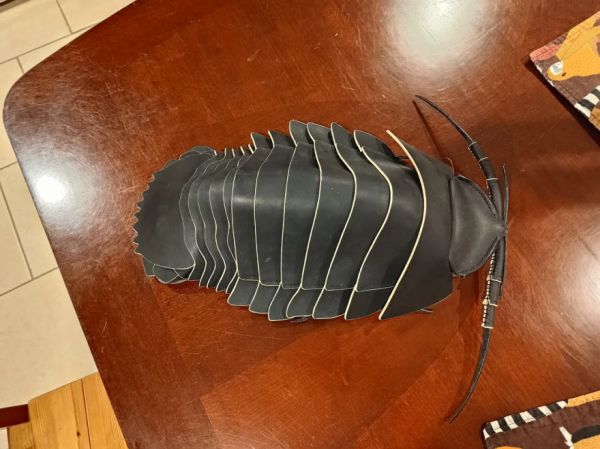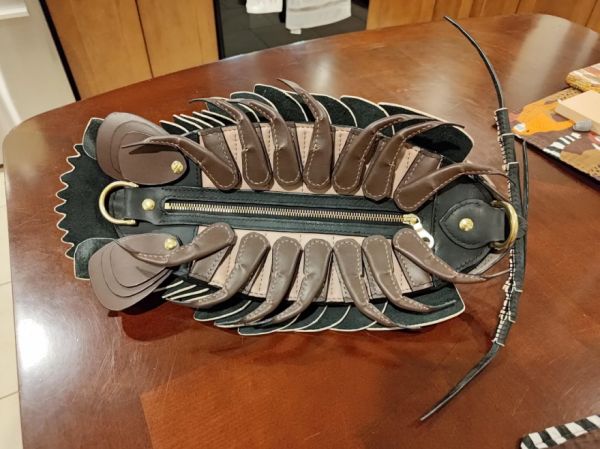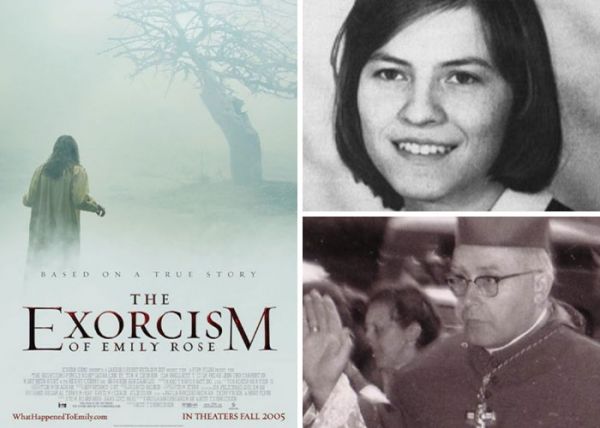Charles Oldrieve dreamed of one day walking across the English Channel—and perhaps even the Atlantic Ocean. https://t.co/lxePFj5cnV
— Smithsonian Magazine (@SmithsonianMag) October 30, 2025
The early 20th century was full of strange entertainment acts like pole sitters, escape artists, and wing walkers. Charles Oldrieve was a water walker, or an "aquatic pedestrian" if you're fancy. Oldrieve started out as a tightrope walker, but found that novelty acts drew better crowds. He fashioned large wooden shows that resembled canoes so that he could walk across lakes and rivers. He kept setting distance records for walking on water, and dreamed of walking across the English Channel.
But the Ohio and Mississippi Rivers offered a much longer route, and in early 1907 Oldrieve set off from Cincinnati and walked on water all the way to New Orleans! His wooden shoes were specially designed to gain traction in water, and he only walked during daylight. Still, it was a grueling journey through dangerous currents. By the end, he said, "I wouldn’t walk that river again for five times the money I won.” Oldrieve supposedly began the stunt to win a $5,000 bet. Read about Oldrieve's ridiculous but spectacular journey at Smithsonian.










